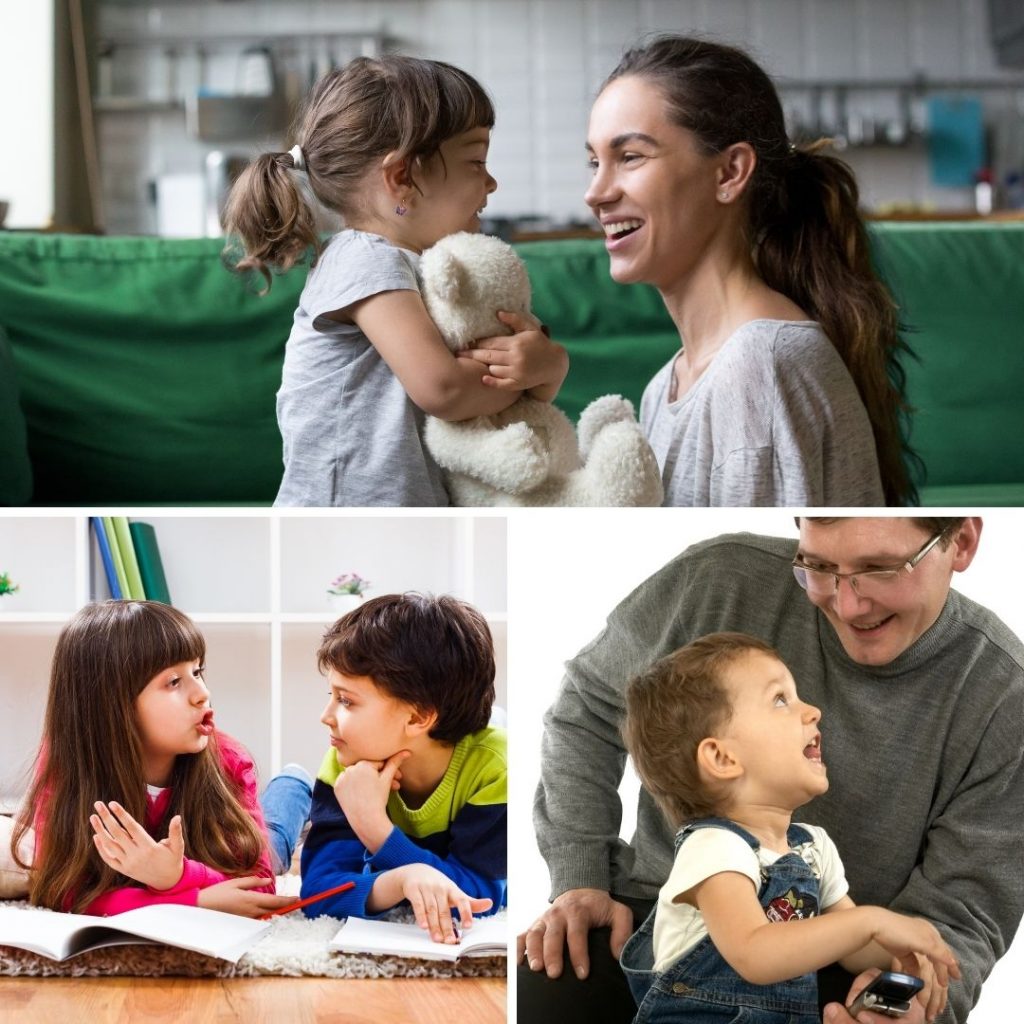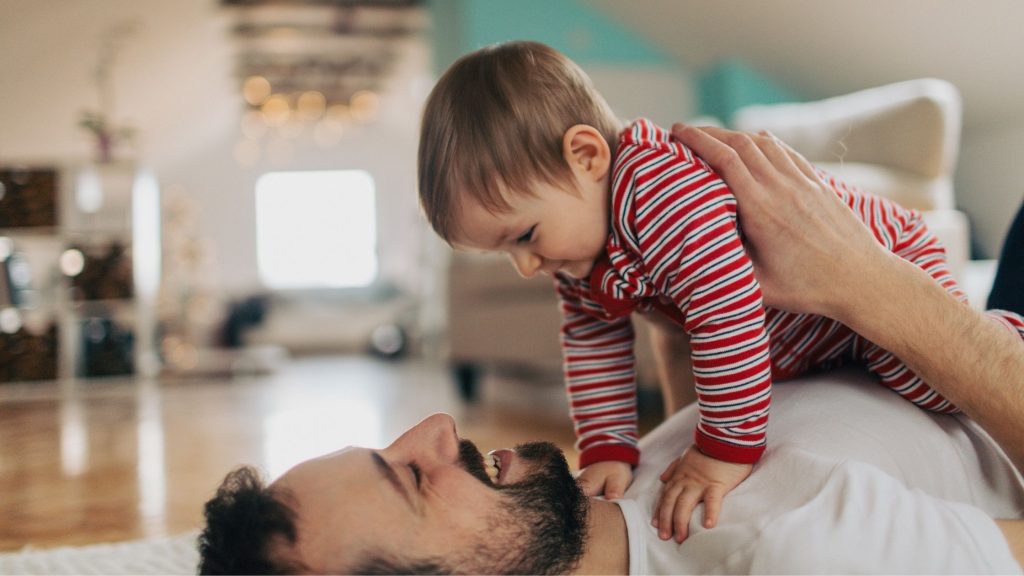


I want my child to talk!
The title of this blog is often a much requested & painful statement that I hear from many of the parents that I meet. Hearing a child say their first words or sentences is something that I feel incredibly blessed to witness. However, I am just as excited when I see a child use a PECS symbol or a lámh sign independently.

Being able to communicate is what we want to achieve first and foremost to avoid frustration kicking in and if we get vocal communication that is the cherry on top.
Upon meeting a child, I first want to see how are they getting their needs met? Are they pulling their parents by the hand? Are they getting what they want themselves? Are they crying or shouting to get what they need? Do the parents have to act like mind readers guessing what their child needs or often thinking for the child?

When we are getting started with a functional communication system, we want to look at three things: Motivation, Means & Opportunity
Motivation
What are the things in your child’s life that they will be most motivated to request. I like to start by aiming for 10 items but for some kids with limited interests with might be starting with 2. Food, drinks, sweets, electronics or bubbles are usually a great place to start.
Opportunity
Now we know what we are going to get our child to request, we have to create opportunities for them to do just that. I like to use the phrase ‘hiding in plain sight’. What I mean by this is, make sure they can see the things that they want but they can’t reach them. Another tip is ‘dangling a carrot’ approach. What I mean by this is casually walk by your child with something that they want, or you engage with it yourself e.g an Ipad. When your child shows interest in the item/activity then you can make them request it.
Means
How is your child going to request? If they are vocal then you will be able to model the request for them with an echoic prompt or a visual cue (see my resources for an example). If they are non verbal, you will need to go down the PECS or lámh approach, or a combination of the two. There are lots of AAC devices too, but my preference is to get PECS or lámh going first.
PECS Myth Busting
“He’s just not a PECS user”, “PECS will delay her from talking”. I hear these statements very often.
On busting the first statement, I have to say that very few kids, in fact barely any take to PECS super fast. This makes sense though. They are used to getting things that they need in a different way, so when we put a PECS book in front of them it seems like an annoyance more than anything. However, when PECS is introduced properly and contingently, it should be a very easy process for your child. PECS will give them a reliable communication system, one that does not rely on the item they need being present or someone to ‘read their mind’.
On busting the second statement, I can only say that PECS has brought speech with it for so many of the kiddos that I have worked with over the past 14 years. Once they are requesting properly with their PECS it means they are hearing the word correctly, it means they are looking towards your mouth, so they have a better chance to imitate you. Also you can start to add in pauses so that they can start to fill the pause with sounds and then words. In many households the PECS will fade into the distance as it is replaced by vocal words.
Floortime – More than words
The above paragraphs have really concentrated on teaching your child how to get their needs met to avoid frustration. However, if you want your child to one day have a back and forth conversation with you, you need to teach them how to engage in back and forth interaction and shared attention. This work is all about play; rough and tumble, peek a boo, bubbles, tickles etc. If you have worked with any Speech & Language Therapist they will tell you this. Stay tuned for another blog post on floortime soon.
For more information, don’t hesitate to contact me or leave a comment below. I also have a highlight on my instagram called visual schedules.
Thanks for reading,
Keira